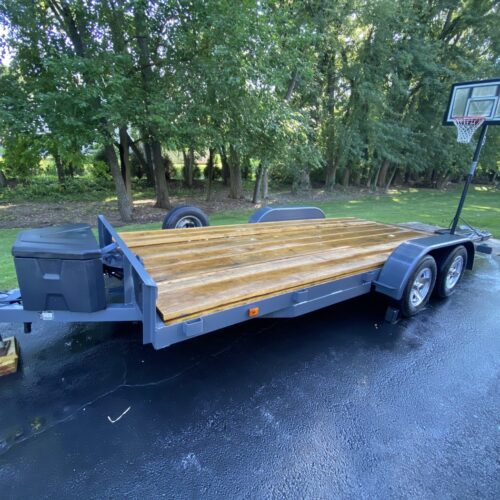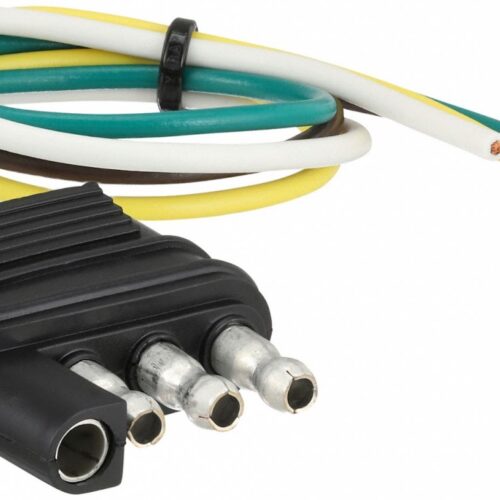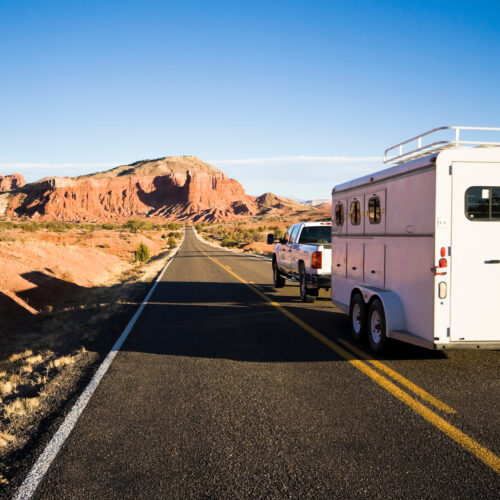When it comes to towing, ensuring your trailer’s wiring is correctly configured is essential for safety and functionality. A 7-way trailer plug is the most common connector for trailers, providing a comprehensive solution for electrical connections including brake lights, turn signals, and power for auxiliary functions. This guide will walk you through wiring a 7-way trailer plug, ensuring a reliable and safe connection for your trailer.
Tools and Materials You Will Need:
- 7-way trailer plug
- Wire strippers
- Electrical tape
- Heat shrink tubing
- Wire connectors (butt connectors or soldering kit)
- Multimeter (for testing connections)
- Screwdriver set
- Electrical grease
Understanding the 7-Way Plug Diagram
Before you start wiring, it’s important to understand the pin configuration of a 7-way trailer plug. Here’s a breakdown of the typical pin layout and their functions:
- Ground (White): Connects the trailer’s electrical system to the ground of the tow vehicle.
- Tail/Running Lights (Brown): Powers the trailer’s tail lights and running lights.
- Left Turn/Brake (Yellow): Controls the trailer’s left turn signal and brake light.
- Right Turn/Brake (Green): Controls the trailer’s right turn signal and brake light.
- Backup Lights (Purple): Powers the trailer’s backup lights.
- Brake Controller (Blue): Connects to the trailer’s electric brake system.
- 12V Battery Charge (Black): Provides auxiliary power for charging the trailer’s battery or powering accessories.
Step-By-Step Wiring Instructions
1: Prepare the Wires
- Strip the Wires: Use wire strippers to remove about half an inch of insulation from each wire on both the trailer and the 7-way plug.
- Organize the Wires: Arrange the wires according to the pin configuration of the 7-way plug.
2: Connect the Wires
- Ground Wire (White): Connect the white wire to the ground pin of the plug. Ensure this connection is secure as it’s crucial for the overall function.
- Tail/Running Lights (Brown): Attach the brown wire to the pin designated for tail and running lights.
- Left Turn/Brake Lights (Yellow): Connect the yellow wire to the pin for left turn and brake lights.
- Right Turn/Brake Lights (Green): Connect the green wire to the pin for right turn and brake lights.
- Backup Lights (Purple): Attach the purple wire to the pin for backup lights if your trailer is equipped with them.
- Brake Controller (Blue): Connect the blue wire to the pin for the electric brake controller.
- 12V Battery Charge (Black): Attach the black wire to the pin designated for the 12V auxiliary power supply.
3: Secure the Connections
- Use Connectors: Secure the connections using butt connectors or by soldering the wires together. If using butt connectors, crimp them tightly to ensure a strong connection.
- Protect the Connections: Cover the connections with heat shrink tubing or electrical tape to protect against moisture and corrosion.
- Apply Electrical Grease: For added protection, apply a small amount of electrical grease to the connections to prevent corrosion.
4: Test the Connections
- Use a Multimeter: Test each connection with a multimeter to ensure the proper voltage is being transmitted through each wire.
- Check the Lights: Connect the trailer to your tow vehicle and check all lights and functions (turn signals, brake lights, backup lights, etc.) to ensure everything is working correctly.
Additional Tips for Wiring a 7-Way Trailer Plug
- Label Your Wires: If you’re working with multiple trailers or frequently perform wiring tasks, label each wire for easier identification in the future.
- Regular Maintenance: Periodically check your trailer wiring and connections for wear and tear, especially before long trips.
- Consult Your Vehicle’s Manual: For specific wiring instructions related to your tow vehicle, consult the vehicle’s manual or a professional.
Wiring a 7-way trailer plug might seem daunting, but with the right tools and a bit of patience, it’s a task you can handle. Ensuring your trailer’s electrical system is properly connected will provide peace of mind and safety on the road. Always double-check your connections and test everything before hitting the road to ensure a smooth and trouble-free towing experience.
Happy towing!




